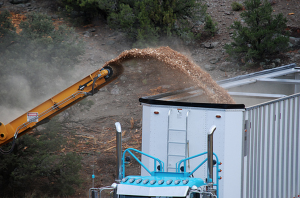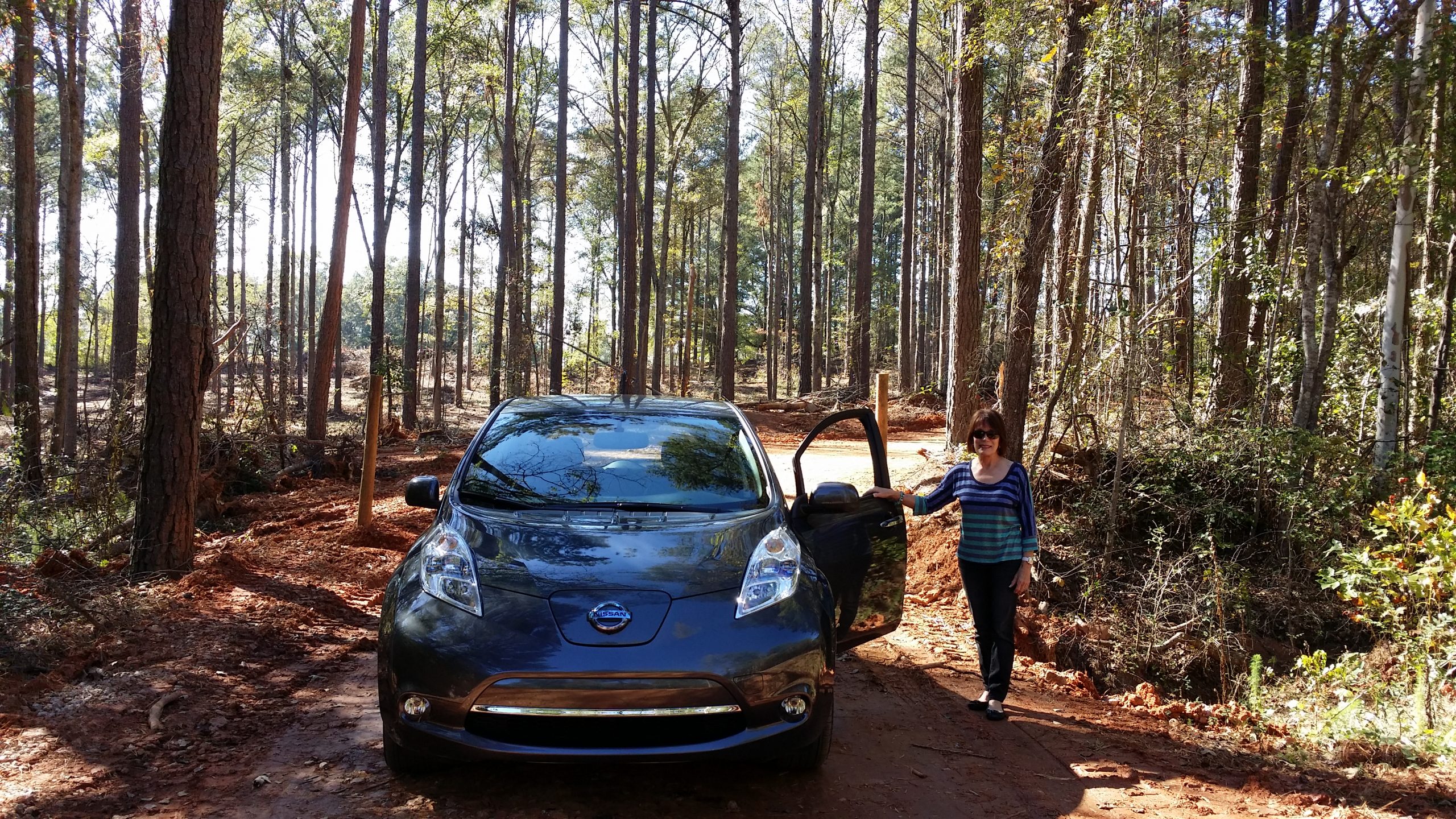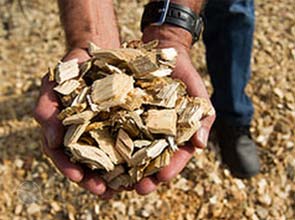On June 19, the Senate Appropriations Committee adopted a provision within the FY17 Interior Appropriations Bill to ensure that biomass is treated as carbon neutral by the Environmental Protection Agency (EPA).
The legislation approved $32.7 billion to fund the U.S. EPA, the Department of the Interior and the U.S. Forest Service through the next fiscal year. The bill includes a key provision offered by Sen. Susan Collins (R-Maine) which recognizes biomass as a carbon neutral energy source. The language differs slightly from the House version of the FY17 Appropriations Bill, but uses a practical, science-based approach to recognizing the carbon benefits of biomass energy.
Dave Tenny, President and CEO of the National Alliance of Forest Owners, commended Sen. Susan Collins (R-Maine) and Sen. Jeff Merkley (D-Oregon) for their work in ensuring the language remained in the bill.
“The Senate language appropriately embraces the fundamental principle that biomass energy from forests where we continue to grow more wood than we harvest is a carbon solution.” Tenny said. “We look forward to working with Senators Collins and Merkley and our friends on both sides of the aisle to secure enactment of a final biomass provision later this year.”
According to the American Forest & Paper Association (AF&PA), the paper and wood products manufacturing industry is the largest producer and user of renewable energy of any manufacturing sector in the U.S. Most of this biomass comes in the form of manufacturing residuals, the use of which avoids approximately 181 million metric tons of CO2 emissions per year – equivalent to removing about 35 million cars from the road.
“We appreciate Senators Collins and Merkley’s legislative efforts to bring closure to EPA’s six-plus years of uncertainty for biogenic CO2 emissions and ensure federal regulations recognize the atmospheric carbon reducing benefits of biomass-based energy,” AF&PA President and CEO Donna Harman said. “The Senate Interior Appropriation bill provides a policy framework that uses a practical, science-based approach to achieve this.”
The bill will move to the Senate floor later this year where it will receive an up or down vote. To learn more about the carbon benefits of biomass, visit nafoalliance.org, afandpa.org or forestfoundation.org.




 On Feb. 27, Agriculture Secretary Tom Vilsack announced the availability of up to $8.7 million in funding for bioenergy research and education efforts as well as publishing the final rule for a program that provides incentives for farmers and forest landowners interested in growing and harvesting biomass for renewable energy. Both programs are made available through the 2014 Farm Bill. The Secretary made the announcements during remarks to the Growth Energy Executive Leadership Conference in Phoenix, Ariz.
On Feb. 27, Agriculture Secretary Tom Vilsack announced the availability of up to $8.7 million in funding for bioenergy research and education efforts as well as publishing the final rule for a program that provides incentives for farmers and forest landowners interested in growing and harvesting biomass for renewable energy. Both programs are made available through the 2014 Farm Bill. The Secretary made the announcements during remarks to the Growth Energy Executive Leadership Conference in Phoenix, Ariz. A 50 megawatt biomass plant, one of the largest in the United States, is being developed by Procter & Gamble and Constellation in Georgia.
A 50 megawatt biomass plant, one of the largest in the United States, is being developed by Procter & Gamble and Constellation in Georgia.